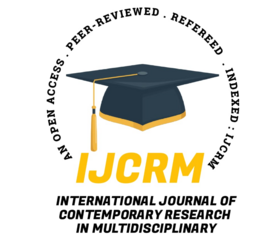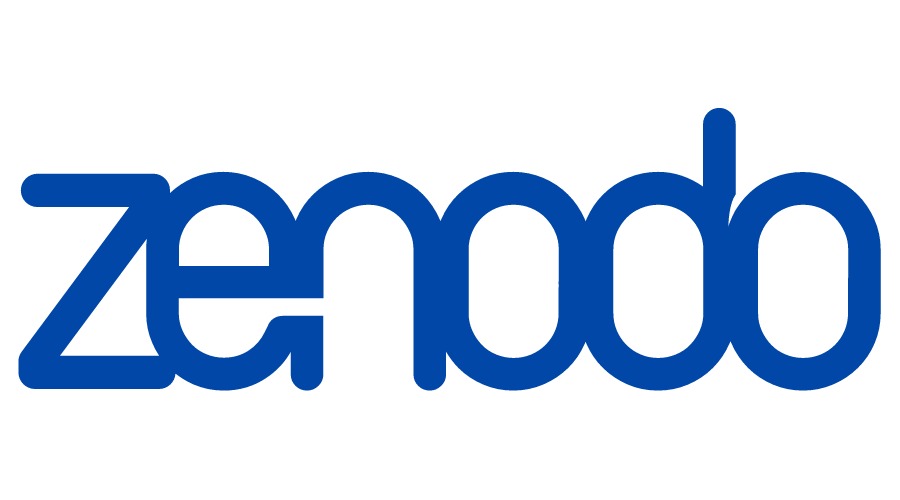International Journal of Contemporary Research In Multidisciplinary, 2025;4(2):121-124
Asuras Reimagined: Beyond the Myth of Demonic Villainy
Author Name: Dr. Gurudev Meher; Ankita Mohanty;
Abstract
Mythology has often been shaped by the victors, and in Indian epics, the Asuras have predominantly been cast as the antagonists, symbols of arrogance, chaos, and destruction. Traditional retellings of texts like the Ramayana and Mahabharata reinforce this binary division between the noble Devas and the villainous Asuras. However, modern reinterpretations, particularly those by Anand Neelakantan, challenge this long-standing perception by presenting the Asuras as complex, multi-dimensional beings driven by their struggles, ambitions, and ideals. This article explores the Asuras from an alternative perspective, emphasizing their role as symbols of resistance rather than mere forces of evil. By revisiting the tales of figures like Ravana, who is often depicted as a scholar and a visionary, and Mahabali, whose reign was marked by justice and prosperity, the article critiques the dominant narrative that brands the Asuras as villains. It also delves into the inherent moral ambiguity within mythology, illustrating how Devas and Asuras are not purely good or evil but products of their circumstances and beliefs. Furthermore, the discussion highlights how mythology reflects societal structures, power struggles, and the erasure of marginalized voices. By questioning the divine order and the selective retelling of history, the article urges readers to reconsider the legacy of Asuras not as demons but as misunderstood entities whose stories deserve a fresh, unbiased evaluation. In doing so, it opens a dialogue on the importance of perspective in shaping historical and mythological narratives.
Keywords
Mythology, Retellings, Indian epics, Ramayana, Mahabharata, Asura, Anand Neelakantan





